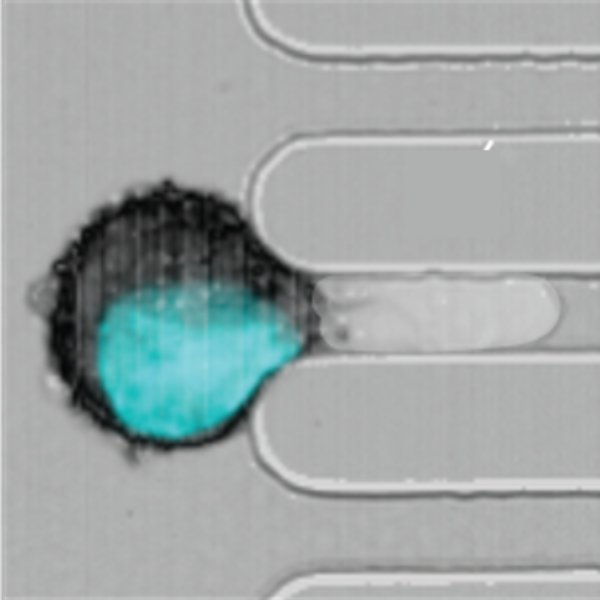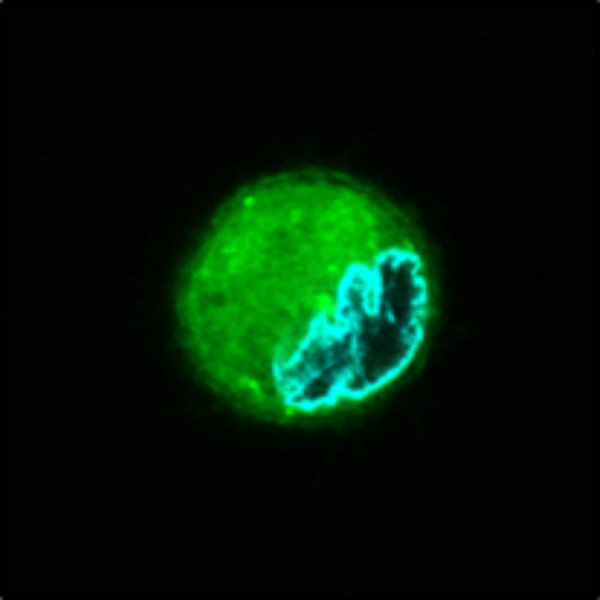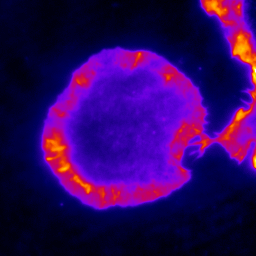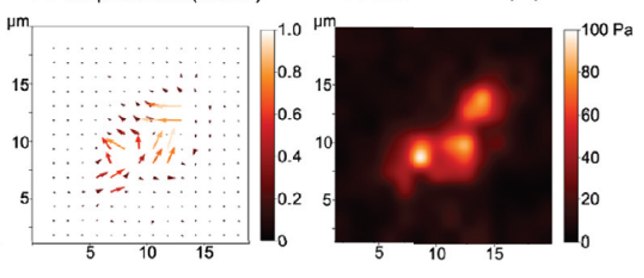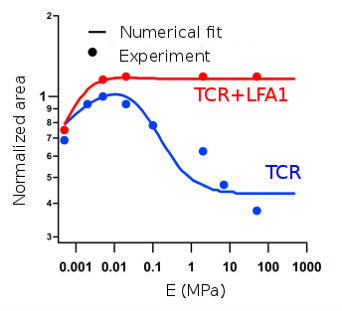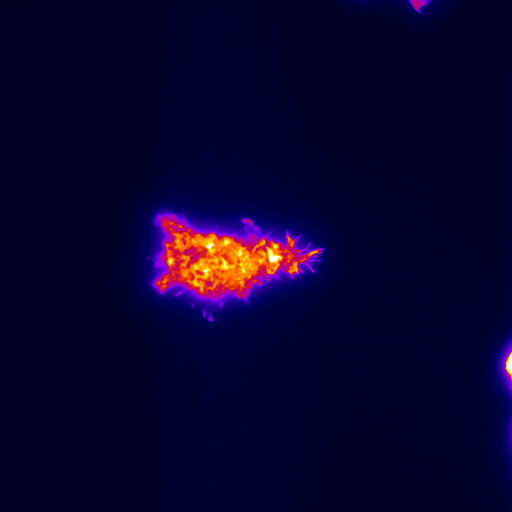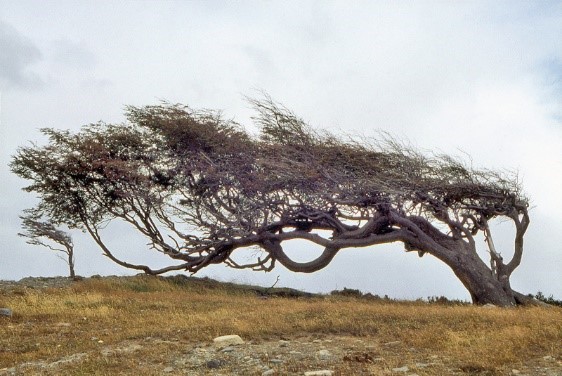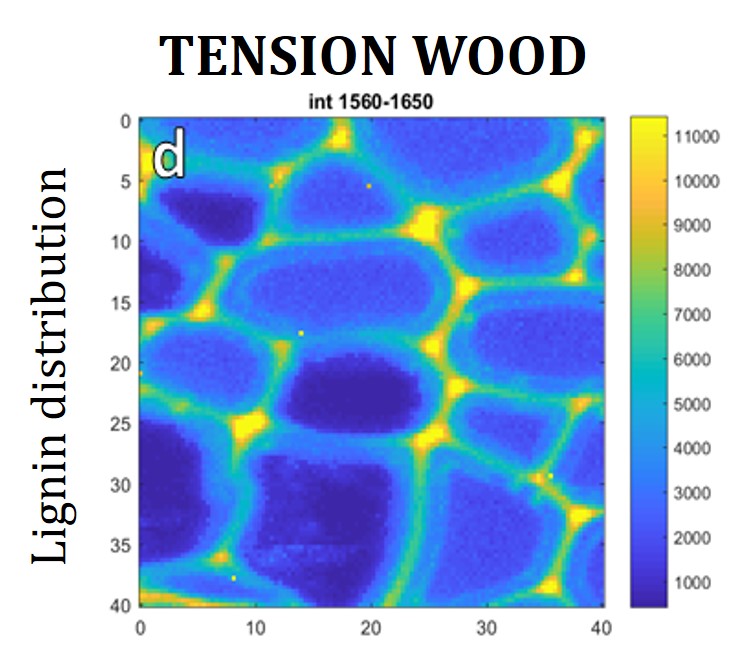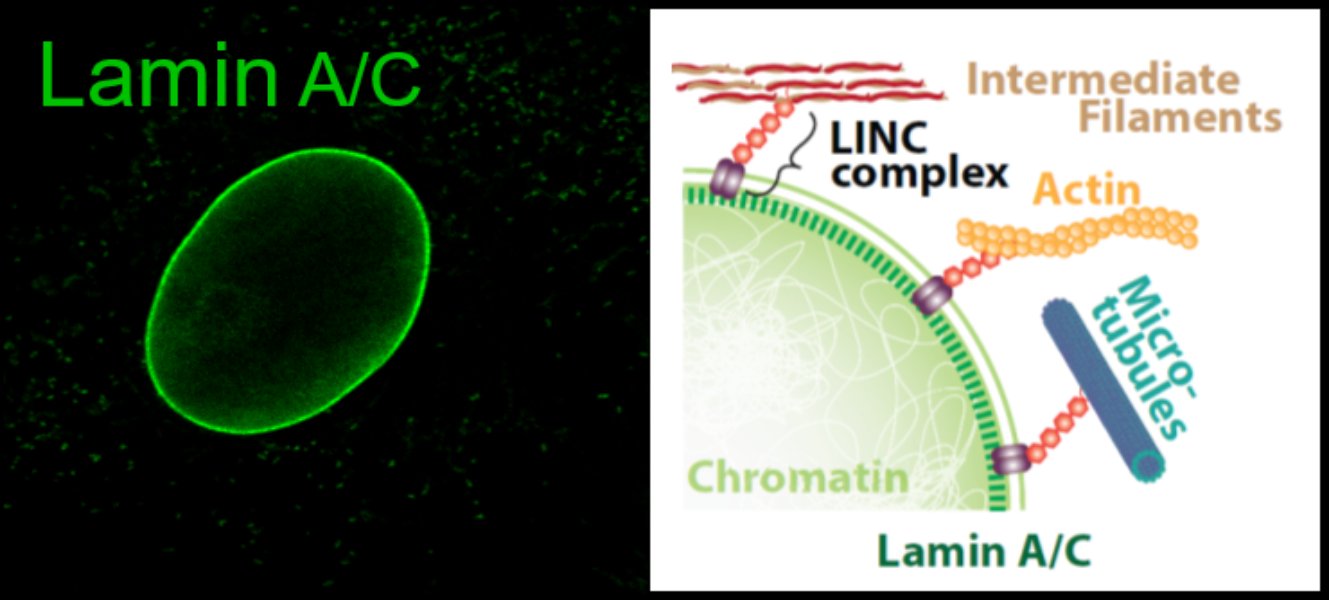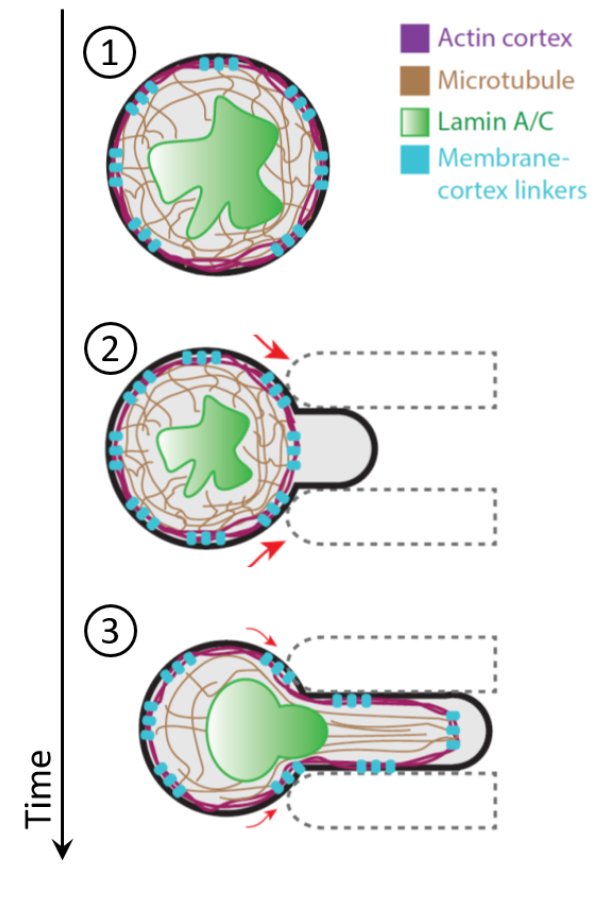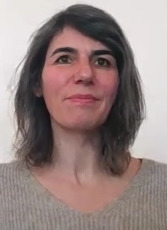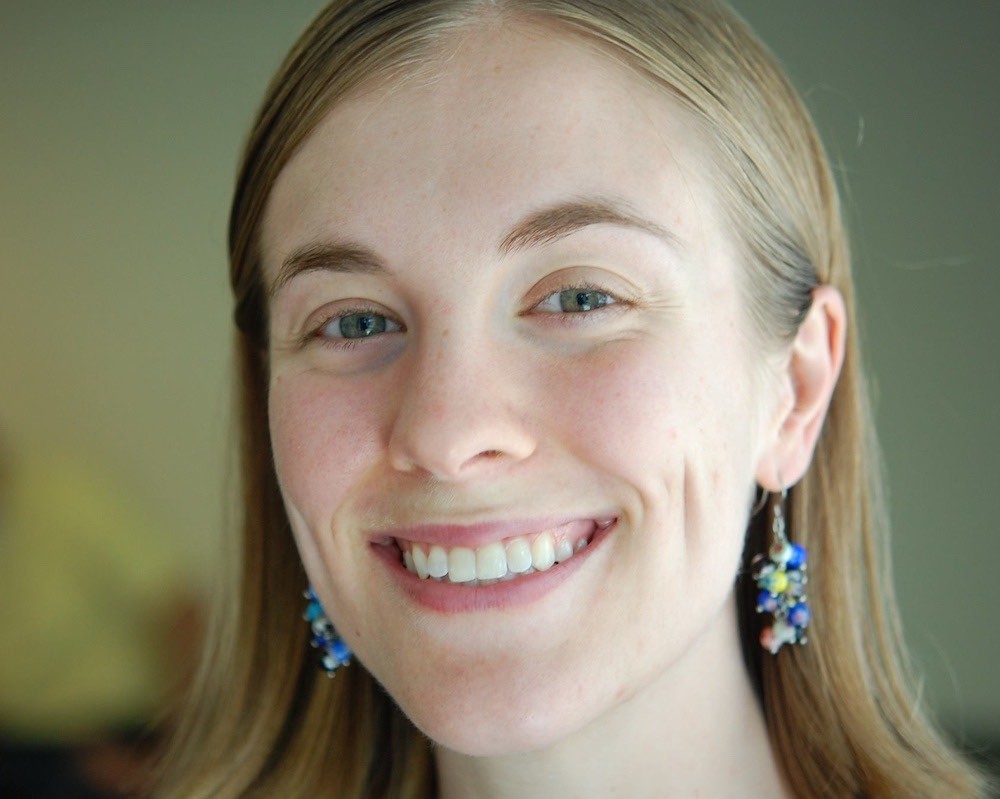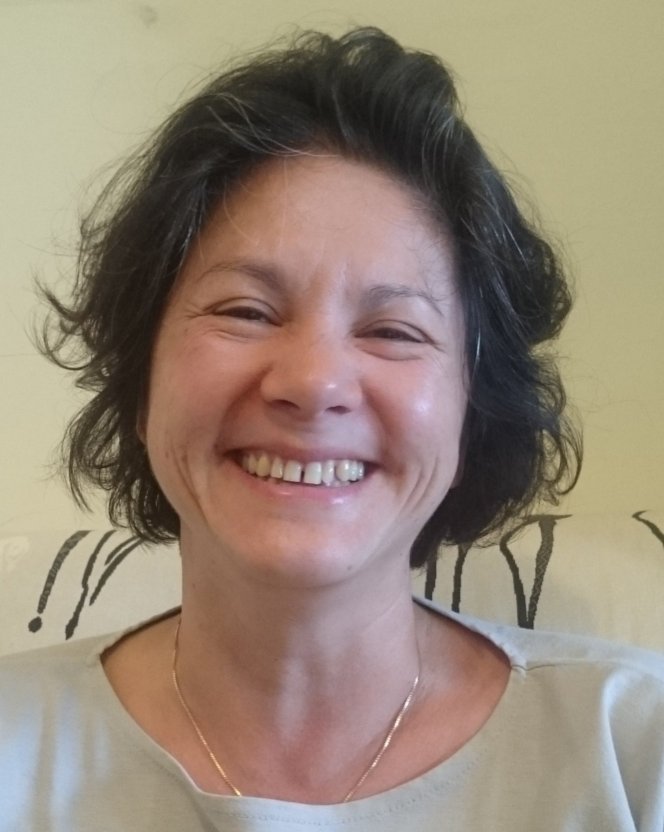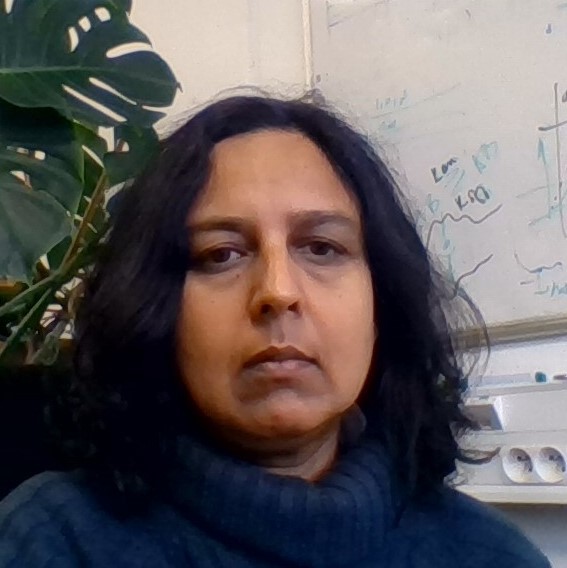2025
Reply to Kaestner et al.: Activation of PIEZO1 is not significant for the passage of red blood cells through biomimetic splenic slits
Alexis Moreau, François Yaya, Huijie Lu, Anagha Surendranath, Anne Charrier, Benoit Dehapiot, Emmanuèle Helfer, Annie Viallat, Zhangli Peng
Proceedings of the National Academy of Sciences of the United States of America 122 (2025)10.1073/pnas.2411469121
A novel red blood cell deformability biomarker is associated with hemolysis and vaso-occlusive crises in sickle cell disease
Maxime Sahun, Emmanuelle Bernit, Scott Atwell, Alexander Hornung, Anne M Charrier, Imane Agouti, Nathalie Bonello-Palot, Mathieu Cerino, Emmanuèle Helfer, Catherine Badens, Annie Viallat
Scientific Reports 15:15864 (2025)10.1038/s41598-025-00152-w
2024
Substrate stiffness alters layer architecture and biophysics of human induced pluripotent stem cells to modulate their differentiation potential
Jack Llewellyn, Anne Charrier, Rossana Cuciniello, Emmanuèle Helfer, Rosanna Dono
iScience 27:110557 (2024)10.1016/j.isci.2024.110557
Morphodynamics of T-lymphocytes: Scanning to spreading
Kheya Sengupta, Pierre Dillard, Laurent Limozin
Biophysical Journal 123:2224-2233 (2024)10.1016/j.bpj.2024.02.023
2023
Transit Time Theory for a Droplet Passing through a Slit in Pressure-Driven Low Reynolds Number Flows
Spencer W Borbas, Kevin Shen, Catherine Ji, Annie Viallat, Emmanuèle Helfer, Zhangli Peng
Micromachines 14:2040 (2023)10.3390/mi14112040
Classification of red cell dynamics with convolutional and recurrent neural networks: a sickle cell disease case study
Maxime Darrin, Ashwin Samudre, Maxime Sahun, Scott Atwell, Catherine Badens, Anne Charrier, Emmanuèle Helfer, Annie Viallat, Vincent Cohen-Addad, Sophie Giffard-Roisin
Scientific Reports 13:745 (2023)10.1038/s41598-023-27718-w
Curvature gradient drives polarized tissue flow in the Drosophila embryo
Emily W Gehrels, Bandan Chakrabortty, Marc-Eric Perrin, Matthias Merkel, Thomas Lecuit
Proceedings of the National Academy of Sciences of the United States of America 120 (2023)10.1073/pnas.2214205120
Enhanced cell viscosity: a new phenotype associated with lamin A/C alterations
Cécile Jebane, Alice-Anaïs Varlet, Marc Karnat, Lucero Hernandez- Cedillo, Amélie Lecchi, Frédéric Bedu, Camille Desgrouas, Corinne Vigouroux, Marie-Christine Vantyghem, Annie Viallat, Jean-François Rupprecht, Emmanuèle Helfer, Catherine Badens
iScience 26:107714 (2023)10.1016/j.isci.2023.107714
Probing mechanical interaction of immune receptors and cytoskeleton by membrane nanotube extraction
Fabio Manca, Gautier Eich, Omar N’dao, Lucie Normand, Kheya Sengupta, Laurent Limozin, Pierre-Henri Puech
Scientific Reports 13:15652 (2023)10.1101/2022.09.15.508080
Physical mechanisms of red blood cell splenic filtration
Alexis Moreau, François Yaya, Huije Lu, Anagha Surendranath, Anne Charrier, Benoit Dehapiot, Emmanuèle Helfer, Annie Viallat, Zhangli Peng
Proceedings of the National Academy of Sciences of the United States of America (2023)10.1101/2023.01.10.523245
Talin and kindlin cooperate to control the density of integrin clusters
Julien Pernier, Marcelina Cardoso Dos Santos, Mariem Souissi, Adrien Joly, Hemalatha Narassimprakash, Olivier Rossier, Grégory Giannone, Emmanuèle Helfer, Kheya Sengupta, Christophe Le Clainche
Journal of Cell Science 136:jcs260746 (2023)10.1242/jcs.260746
Analytical theory for a droplet squeezing through a circular pore in creeping flows under constant pressures
Zhengxin Tang, François Yaya, Ethan Sun, Lubna Shah, Jie Xu, Annie Viallat, Emmanuèle Helfer, Zhangli Peng
Physics of Fluids 35:082016 (2023)10.1063/5.0156349
2022
Dynamics of Individual Red Blood Cells Under Shear Flow: A Way to Discriminate Deformability Alterations
Scott Atwell, Catherine Badens, Anne Charrier, Emmanuèle Helfer, Annie Viallat
Frontiers in Physiology 12 (2022)10.3389/fphys.2021.775584
Mechanochemical Principles of Spatial and Temporal Patterns in Cells and Tissues
Anaïs Bailles, Emily Gehrels, Thomas Lecuit
Annual Review of Cell and Developmental Biology 38 (2022)10.1146/annurev-cellbio-120420-095337
Programming Directed Motion with DNA-Grafted Particles
Emily W Gehrels, W. Benjamin Rogers, Zorana Zeravcic, Vinothan N Manoharan
ACS Nano 16:9195-9202 (2022)10.1021/acsnano.2c01454
First-Principle Coarse-Graining Framework for Scale-Free Bell-Like Association and Dissociation Rates in Thermal and Active Systems
Josip Augustin Janeš, Cornelia Monzel, Daniel Schmidt, Rudolf Merkel, Udo Seifert, Kheya Sengupta, Ana-Sunčana Smith
Physical Review X 12:031030 (2022)10.1103/PhysRevX.12.031030
Physics of Organelle Membrane Bridging via Cytosolic Tethers is Distinct From Cell Adhesion
Mohammad Arif Kamal, Josip Augustin Janeš, Long Li, Franck Thibaudau, Ana-Sunčana Smith, Kheya Sengupta
Frontiers in Physics 9:750539 (2022)10.3389/fphy.2021.750539
May the force be with your (immune) cells: an introduction to traction force microscopy in Immunology
Farah Mustapha, Kheya Sengupta, Pierre-Henri Puech
Frontiers in Immunology 13:898558 (2022)10.3389/fimmu.2022.898558
Protocol for measuring weak cellular traction forces using well-controlled ultra-soft polyacrylamide gels
Farah Mustapha, Kheya Sengupta, Pierre-Henri Puech
STAR Protocols 3:101133 (2022)10.3389/fimmu.2022.898558
Affinity driven ion exchange EG-OFET sensor for high selectivity and low limit of detection of Cesium in seawater
Tin Phan Nguy, Volkan Kilinc, Ryoma Hayakawa, Catherine Henry-De-Villeneuve, Jean-Manuel Raimundo, Yutaka Wakayama, Anne Charrier
Sensors and Actuators B: Chemical 351:130956 (2022)10.1016/j.snb.2021.130956
A Rare Mutation in LMNB2 Associated with Lipodystrophy Drives Premature Cell Senescence
Alice-Anaïs Varlet, Camille Desgrouas, Cécile Jebane, Nathalie Bonello-Palot, Patrice Bourgeois, Nicolas Levy, Emmanuèle Helfer, Noémie Dubois, René Valero, Catherine Badens, Sophie Beliard
Cells 11:50 (2022)10.3390/cells11010050
2021
On the control of dispersion interactions between biological membranes and protein coated biointerfaces
Robert Blackwell, Arnaud Hemmerle, Andreas Baer, Matthias Späth, Wolfgang Peukert, Drew Parsons, Kheya Sengupta, Ana-Sunčana Smith
Journal of Colloid and Interface Science 598:464-473 (2021)10.1016/j.jcis.2021.02.078
In situ plant materials hyperspectral imaging by multimodal scattering near-field optical microscopy
Anne Charrier, Aubin C Normand, Ali Passian, Philip Schaefer, Aude L. L. Lereu
Communications Materials 2:59 (2021)10.1038/s43246-021-00166-7
Biomechanics as driver of aggregation of tethers in adherent membranes
Long Li, Mohammad Arif Kamal, Bernd Henning Stumpf, Franck Thibaudau, Kheya Sengupta, Ana-Sunčana Smith
Soft Matter 17:10101-10107 (2021)10.1039/d1sm00921d
Ligand Nanocluster Array Enables Artificial-Intelligence-Based Detection of Hidden Features in T-Cell Architecture
Aya Nassereddine, Ahmed Abdelrahman, Emmanuelle Benard, F. Bedu, Igor Ozerov, Laurent Limozin, Kheya Sengupta
Nano Letters 21:5606-5613 (2021)10.1021/acs.nanolett.1c01073
Influence of force volume indentation parameters and processing method in wood cell walls nanomechanical studies
Aubin C Normand, Anne Charrier, Olivier Arnould, Aude L. Lereu
Scientific Reports 11:5739 (2021)10.1038/s41598-021-84994-0
Integrin-Functionalised Giant Unilamellar Vesicles via Gel-Assisted Formation: Good Practices and Pitfalls
Mariem Souissi, Julien Pernier, Olivier Rossier, Gregory Giannone, Christophe Le Clainche, Emmanuèle Helfer, Kheya Sengupta
International Journal of Molecular Sciences 22:6335 (2021)10.3390/ijms22126335
2020
Electrolyte-gated-organic field effect transistors functionalized by lipid monolayers with tunable pH sensitivity for sensor applications
Tin Phan Nguy, Ryoma Hayakawa, Volkan Kilinc, Matthieu Petit, Yemineni S L V Narayana, Masayoshi Higuchi, Jean-Manuel Raimundo, Anne Charrier, Yutaka Wakayama
Applied Physics Express 13:011005 (2020)10.7567/1882-0786/ab5322
Molecular and Mechanobiological Pathways Related to the Physiopathology of FPLD2
Alice-Anaïs Varlet, Emmanuèle Helfer, Catherine Badens
Cells 9:1947 (2020)10.3390/cells9091947

